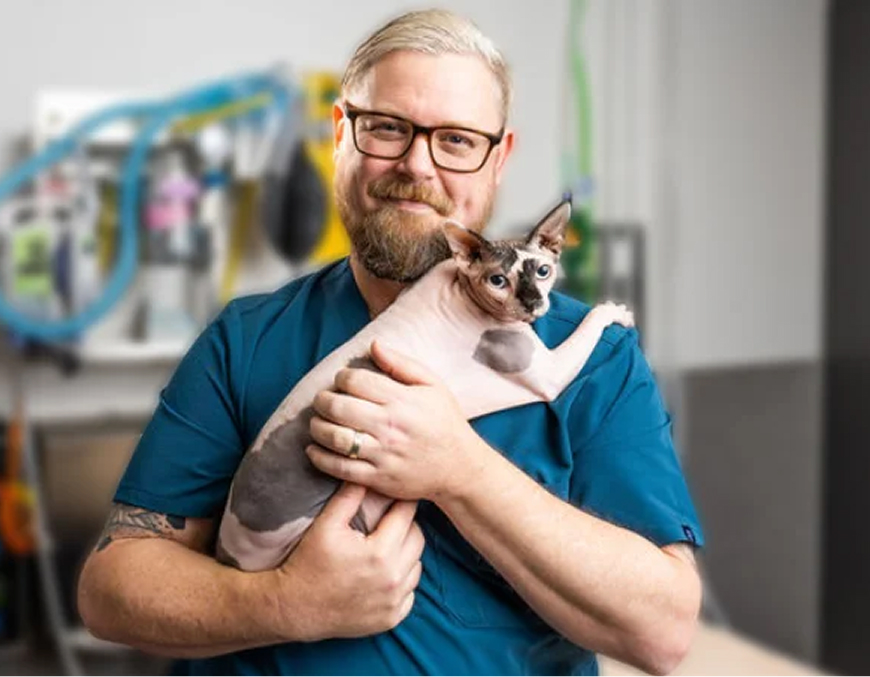Removing complex teeth safely and with minimal impact.
Have you discussed crown amputation with intentional root retention when considering the extraction of your pet’s teeth? This procedure may be suitable in specific cases during dental treatment.

Crown Amputation with Intentional Root Retention for Tooth Resorption
Crown amputation with intentional root retention is most commonly performed in pets with tooth resorption, a condition frequently observed in older cats and increasingly seen in aging dogs.
While the exact causes of tooth resorption are not fully understood, the process involves specialised cells called odontoclasts.
These cells, which normally resorb the roots of deciduous teeth before they fall out, become reactivated later in life and begin to erode the roots of permanent teeth.
This type of resorption can cause pain and discomfort, making treatment of affected teeth necessary in most cases.

Diagnosing & Treating Tooth Resorption
Tooth resorption comes in various forms, and differentiating these types requires dental radiographs. Radiographs are crucial for accurate diagnosis and treatment planning and should always be performed.
In cases where the tooth is being replaced by bone and the periodontal ligament is lost, standard extraction may not be feasible, especially if there is no inflammation or infection.
In such instances, crown amputation might be a suitable option.
During this procedure, the tooth’s crown is removed while leaving the root material behind. The extraction site is then sutured closed, allowing the remaining root to potentially be replaced by bone over time.

Benefits & Follow-Up for Crown Amputation
Crown amputation is less invasive than attempting to extract a tooth root that has been invaded and replaced by bone. When appropriately selected, this procedure has a low risk of complications.
We recommend follow-up dental radiographs every 6-12 months for patients with tooth resorption and those who have undergone crown amputation.
These radiographs help ensure that the crown-amputated roots are healing properly and that no new signs of tooth resorption are developing in other teeth.














